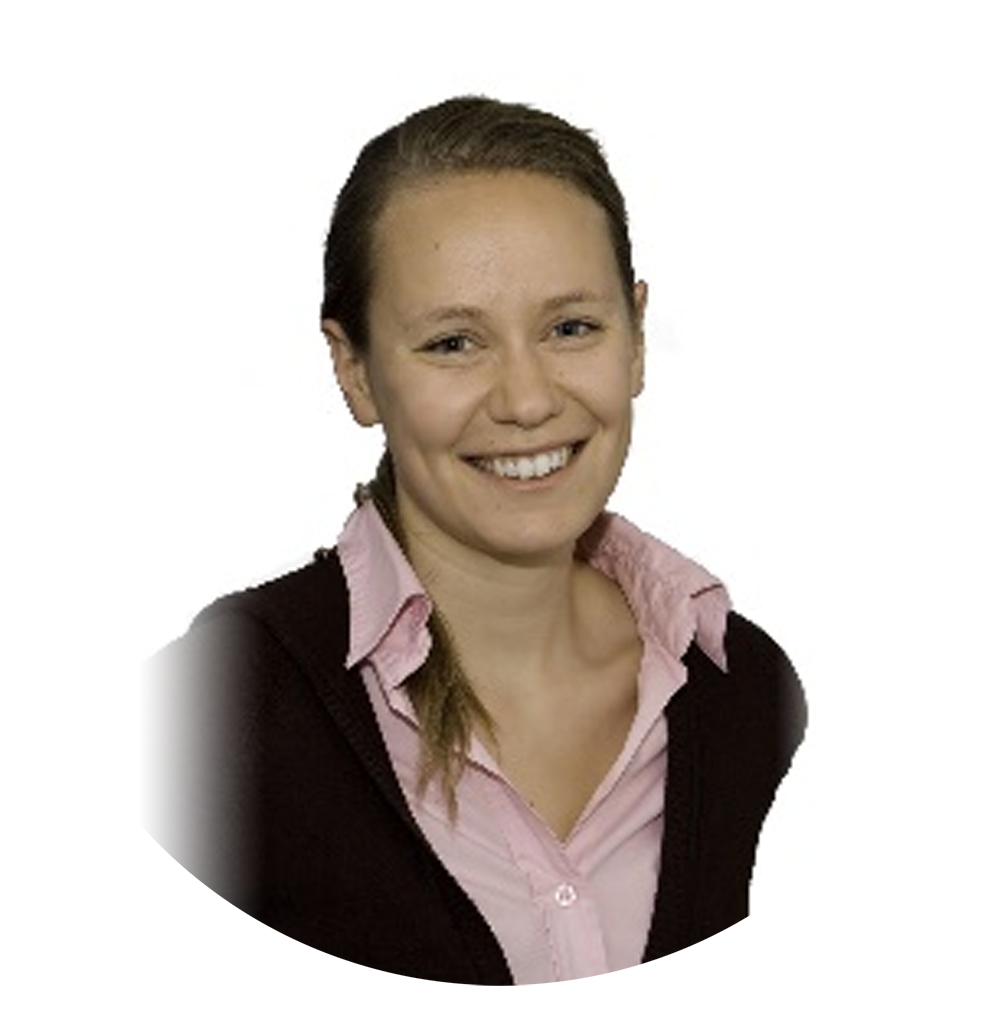Finland
Partners involved: Finnish Natural History Museum (LUOMUS), University of Helsinki, Finnish Environment Institute (Syke)
Finnish Museum of Natural History (LUOMUS), University of Helsinki

Dr. Heini Kujala
Task Lead

Dr. Thiago Cavalcante
Finnish Environment Institute (Syke)

Dr. Maria Hällfors
Task co-Lead

Dr. Risto Heikkinen

Aino-Maija Määttänen
Background
Finland is the northernmost member state of the European Union. Together with Sweden, it hosts most of the EU’s boreal and sub-arctic ecosystems. The country is home to several iconic and threatened boreal and sub-arctic species, such as the Siberian flying squirrel, the white-backed woodpecker and the arctic fox, and boasts some of Europe’s last remaining populations of large carnivores (brown bear, wolf, European lynx and wolverine). Dotted with lakes and mires, the natural habitats range from the sandy and rocky shores of the unique Baltic Sea to the open sub-arctic mountains of the north. Approximately 75% of Finland’s land area is covered by forests, constituting a notable carbon sink within the EU.
The primary driver of biodiversity decline in Finland is the degradation and loss of natural habitats. Finland’s forested landscape has been heavily modified by industrial forestry, as nearly 90% of the forested area is in economic use. Currently, approximately 13% of Finland’s terrestrial area and inland waters, and 12% of its marine areas, are protected, most of these falling under strict protection. However, the national protected area network is heavily skewed towards the less populated and less productive sub-arctic fell and mire habitats of Northern Finland. Thus, many of the boreal and hemiboreal habitats of Central and Southern Finland have low coverage of protectiveness and the areas that are protected tend to be smaller and less well-connected, decreasing the likelihood that protected areas can buffer biodiversity from additional pressures. A major challenge in increasing the coverage of protected areas is that most of the remaining high-quality, non-protected habitats in Central and Southern Finland are located on privately owned lands. This calls for a diverse portfolio of mechanisms to increase the coverage of protected areas in Finland.
Being located in the boreal and sub-arctic region, Finland also hosts many biotopes and species likely to be negatively impacted by climate change, and at risk of regional extinction within the EU. In addition, large parts of Northern Finland are home to Europe’s only indigenous group, the Sámi, whose traditional livelihood (reindeer herding) and connection to the land constitute a central aspect of all land use and management plans in the region.
The purpose of the case study
Finland is currently in the process of preparing its pledge towards the realisation of the EU’s Biodiversity Strategy targets. Through this case study, NaturaConnect will provide data and support to the national preparative process. This will include the provision of biodiversity data which has the potential to support the identification of the important areas for the pledge, as well as future scenarios of the anticipated impacts of climate change and land use.
Another overarching aim is to provide feedback on the targets, data and scenarios produced in NaturaConnect and to compare these data and results to those at the national level. The case study will explore the differences in biodiversity targets, conservation and connectivity needs that arise at national versus EU level planning. This comparison seeks to understand where the national pledge could be refined and what additional opportunities may arise for implementation, e.g., for enhancing Europe-wide connectivity.
The project also provides an opportunity to identify and – where feasible – resolve potential conflicts between national and EU-level priorities early on and to explore the options of financial instruments towards the realization of the national network.
Activities
- Regular meetings with the Finnish Ministry of the Environment and associated key research projects to support the pledge preparation, discuss data gaps and identify information and analysis needs
- Attending national stakeholder meetings to discuss and provide feedback on the draft national pledge
- Attending the Boreal Biogeographical seminars to exchange knowledge, data and experience, and to gather feedback to draft NaturaConnect deliverables
Approaches
In the first stage of the project, we work together with the Finnish Ministry of the Environment and other central national projects to identify key information gaps and data needs. This includes sharing data and knowledge to guarantee that the national-level aspects are adequately captured in the NaturaConnect analysis framing and outputs. Together with our key stakeholders, we will co-design details of the comparative analyses between national vs. EU level planning. The aim is to determine where important biodiversity areas that emerge at the national and the EU level assessments agree, and where there are apparent mismatches.
At all stages of the project, we will facilitate an active dialogue with key stakeholders on existing planning instruments and ongoing work regarding the TEN-N design and the national pledges, while introducing the data and results of the NaturaConnect project.

